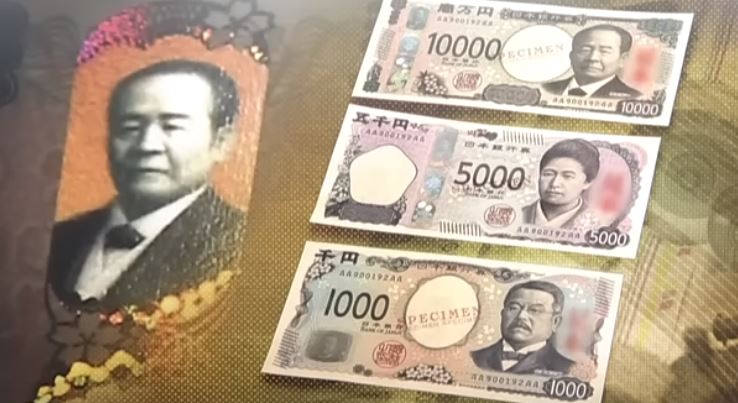
On Wednesday, Japan unveiled its first new banknotes in twenty years, which included three-dimensional images of trailblazers in the fields of finance, women’s education, and medicine. For paper money, the National Printing Bureau of Japan has developed a novel technique that uses printed patterns to produce holograms of pictures that, depending on the viewing angle, face different directions.
Speaking about the importance: of the people featured on the new banknotes, Prime Minister Fumio Kishida stated, “Faces of those representing Japan’s capitalism, women’s empowerment, and technology innovation are on the new bills.”
He added that this shift comes as the nation’s economy is about to enter its first growth-driven phase in thirty years.
Many businesses, including parking lots, ramen shops, and train stations, are racing to update their payment equipment to accept the new banknotes as part of the government’s drive to minimize the amount of currency used in the economy through digitization.
As “the father of Japanese capitalism,” Eiichi Shibusawa (1840–1931) is portrayed on the 10,000 yen note, and Umeko Tsuda (1864–1929), a trailblazer in women’s education, is shown on the 5,000 yen bill. The 1,000-yen currency features the innovative medical scientist Shibasaburo Kitasato (1853–1931).
By the conclusion of the current fiscal year, the currency authorities want to produce some 7.5 billion newly designed banknotes, which will be added to the 18.5 billion banknotes valued at 125 trillion yen that will already be in circulation by December 2023.
Businesses have upgraded their payment devices in response to the introduction of new banknotes in order to satisfy clients who prefer cash. Inflation is a problem for many small business owners, and the switch to the new currencies has made things worse.
Despite having nearly tripled in the last ten years and expected to account for 39% of consumer expenditure in 2023, Japan’s adoption of cashless payments still lags behind its global counterparts. For the purpose of boosting productivity, the government wants to raise this number to 80%. According to the Japan Vending Machine Manufacturers Association, just half of the restaurant and parking ticket machines have been updated, although the majority of bank ATMs, train ticket machines, and retail cash registers are prepared for the new notes. Furthermore, improvements are needed for around 80% of the 2.2 million drink vending machines in the nation.








Your point of view caught my eye and was very interesting. Thanks. I have a question for you.